The Antalya Necropolis Museum was designed by Erkal Architecture and selected through an open national competition for the Dogu Garaji area in Antalya, Turkiye. During excavation, archaeological findings from the ancient Antalya necropolis were discovered in the southern parcel, surviving under a layer of soil deposited by a flood disaster. This project won first prize in 2008.
As the project work continued with the same functions for the northern parcel, archaeological excavations began in the southern parcel under the supervision of the Antalya Museum. The findings, which emerged over several years, have pushed the history of Antalya back to between 200-300 B.C. Moreover, it was confirmed that the ancient necropolis area extends far beyond this parcel, lying beneath much of the modern city.
The Travertine Layer and Its Significance
The travertine layer, the geological foundation of Antalya, which shapes the coastal characteristics of the city, maintains a dynamic relationship with the underground waters and the Mediterranean Sea through its connected voids. The necropolis is an ecological landscape feature, meticulously crafted over centuries within the easily shaped travertine texture, expanding as needed to its current form. The Antalya Necropolis Museum brings this historical and natural landscape to life in the city through two main program elements.
The first is a series of walking paths that begin with a ramp, allowing visitors to experience the necropolis. The second comprises the enclosed and semi-open spaces dedicated to museum and cultural functions, where the life and death cycles of the period’s human communities are visualized alongside the artifacts unearthed in the area.
Architectural Design
The architectural design is conceived around the interaction of two spatial layers. The protective cover at the city layer is divided into two along its parcel and diagonal, accommodating two main functions. A bridge-ramp, guiding visitors down to the grave plane along the dividing line, serves as the main circulation spine and is emphasized as a prominent urban gesture. The museum areas are located on the east side of this spine, while a semi-open volume is positioned along Cebesoy Street on the opposite side, offering views of the necropolis landscape and capturing the western sun, which enhances its depth at the end of the day.
The lower layer, the necropolis plane, is perceived as a rugged natural stone surface where archaeological remains blend into the natural travertine cavities when viewed from ground level, despite their remarkable details. Since the delicate upper surface of the travertine is susceptible to damage from foot traffic, the contrast between the macro scale of the expansive travertine character and the micro scale of the individual grave steps informed the design of the walkways. The steel support system, which touches the travertine at minimal points and spans large openings, was constructed on well foundations hand-dug between the graves. This complex system incorporates various local solutions and different subcomponents, such as a bridge, a bowl, and trees transferring vertical loads.
The museum structure encompasses indoor and semi-outdoor exhibition halls, a meeting hall, offices, ticket offices, an entrance, a café, a store, technical areas, and museum support units, spread over an area of 1,400 sqm. In addition to the walking paths and platforms distributed throughout the necropolis area, a semi-outdoor concert bowl provides a venue for gatherings and simple performances within the necropolis. The entrance plateau defines a square with stairs connecting it to the Eastern Garage complex on two separate levels just to the north. The skylights in this square offer views of the sarcophagi located directly below.
Project Info
Architectural Design: Erkal Architecture
Design Team: Emre Erkal, Ozan Erkal
Location: Antalya, TurkeyCompletion Date: 2023
Architectural Project Team: Bekir A?ç?o?lu, Cennet A?ç?o?lu, Atakan Pala?o?lu, Ogün Tuzcuo?lu, Murat Karaca
Client: Antalya Metropolitan Municipality, Republic of Turkey Ministry of Culture and Tourism
Main Contractor: ??SAN Construction Trade and Industry Ltd.
Static Project: ENDECO Engineering
Mechanical Project: Unlu Engineering
Electrical Project: Promete Engineering
Photos: Ömer Kan?pak, Gravity
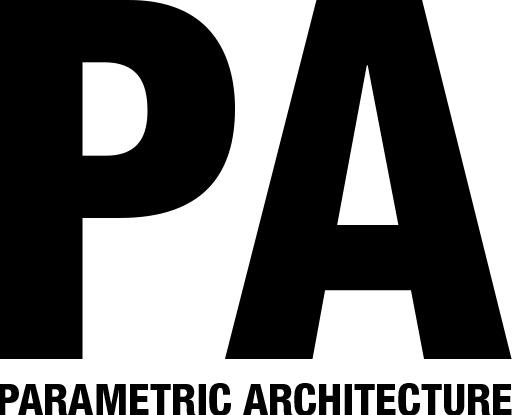



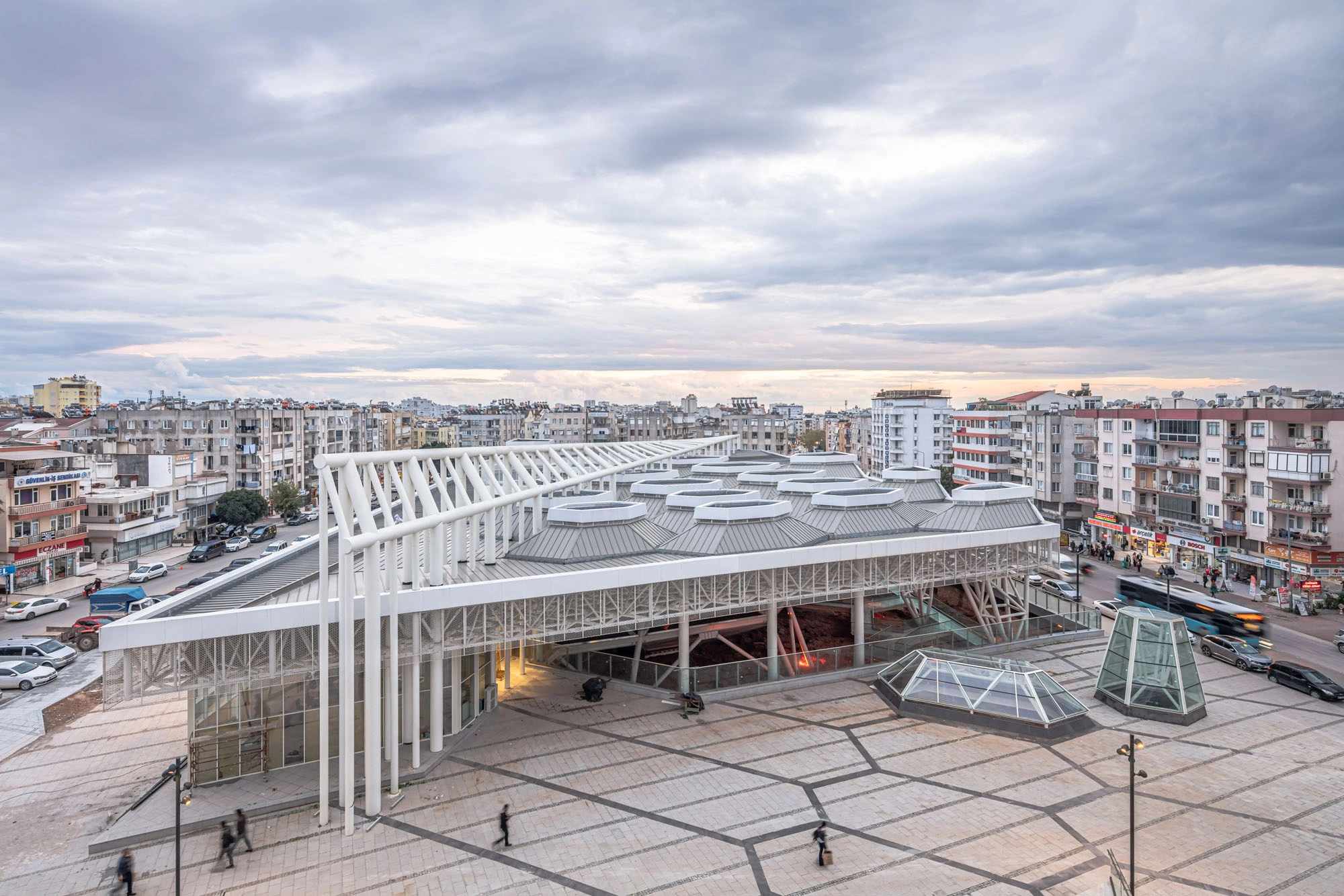





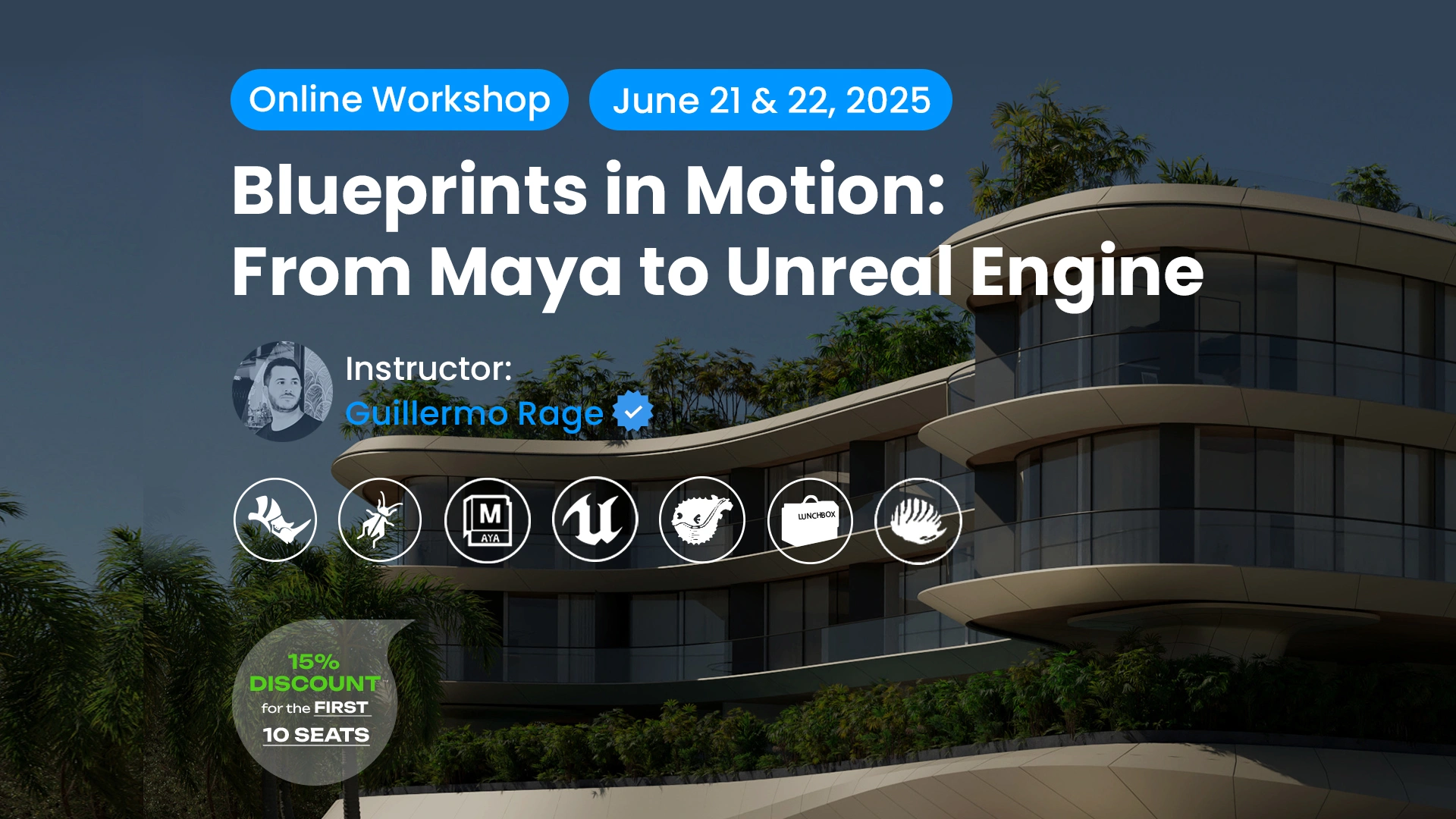

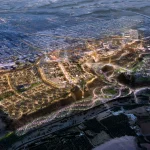
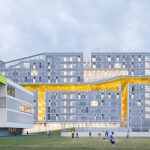









Leave a comment